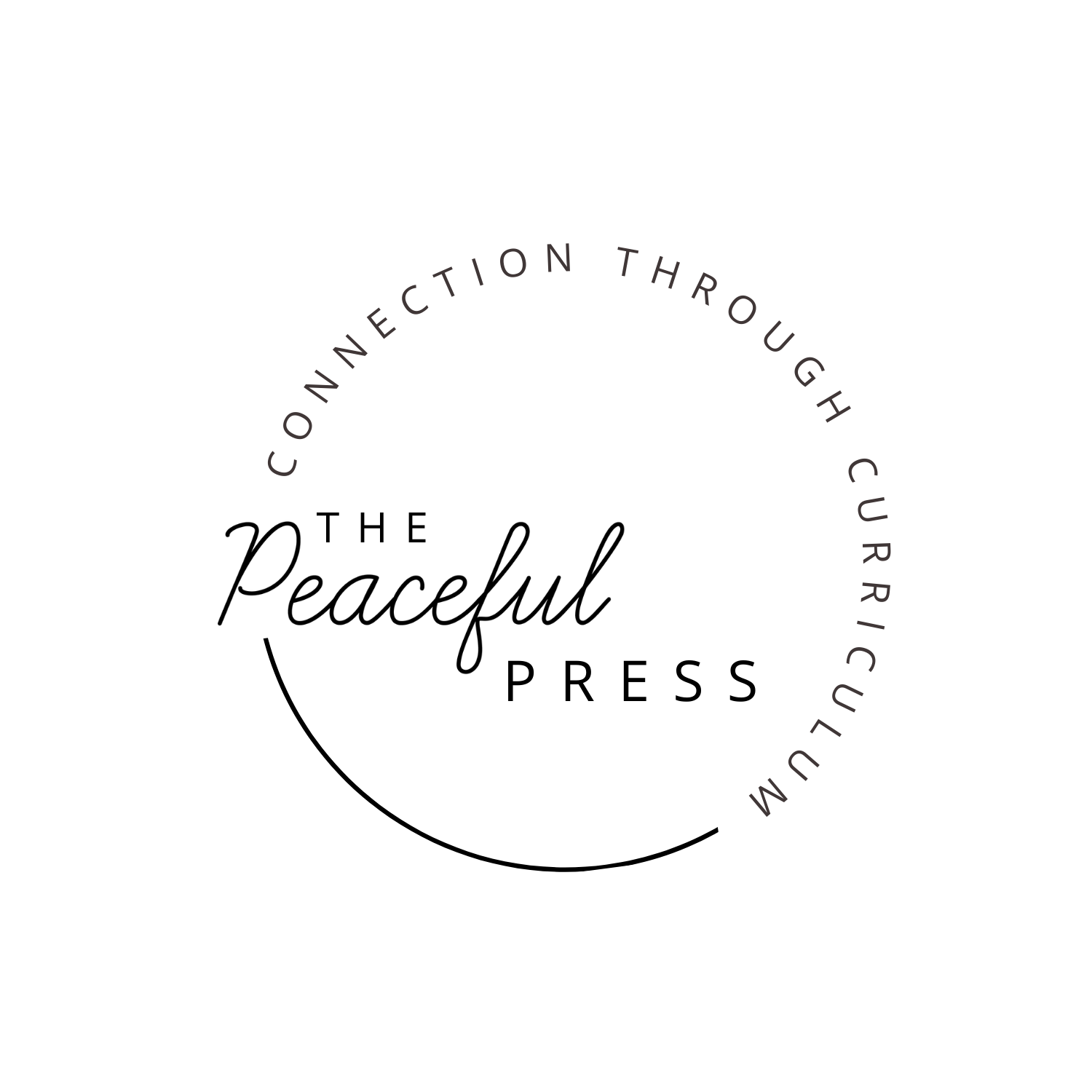How to Start Homeschooling
Are you gearing up to homeschool your child and feeling the pressure? Here are a few steps to get started.
1. Prepare Your Heart
Homeschooling can feel like such a daunting task, and indeed it is a big job. but you have what it takes to homeschool your own children if that is what you want to do.
Before you get started though, it’s important to take a moment to search your heart.
Are you afraid? Why?
Are you nervous about giving your children instructions?
Are you able to be patient with a child who isn’t understanding new material?
Is your partner on board?
Checking your heart and working out some of the kinks in the parent to parent and parent-child relationships before you add the daily schoolwork is great preparation.
Relationships are always in flux, and we aren’t looking for perfection before we start, but taking a moment to count the cost and plan for soul care for ourselves and our partner will create a homeschool atmosphere that is life-giving for all of us.
2. Prepare Your Home
We have homeschooled in a travel trailer, a fixer-upper, an off-grid home, a condo, and a regular suburban house, so homeschooling can be done anywhere. However, there are some simple steps you can take to prepare.
Do you have basic school supplies?
Is your home orderly enough that children won’t be distracted by the chaos?
Do you have access to books and learning materials?
Do you have access to nature for rest and study?
Is your home a place where children can settle into learning and creating, or is the mess of learning and creating unwelcome?
3. Prepare Your Habits
While the preparation part is so important, this is where we actually get started. Because we have always followed a Charlotte Mason style of homeschooling, our first homeschool habit was morning time.
We would simply gather each morning to read some life giving books and devotional literature together. This could take an hour or two, depending on what we were reading, but it was a gathering time that was inclusive of all ages and helped us begin the habits of listening, narrating, and having meaningful discussions.
There are other habits to develop as well. Daily math, writing, and reading, daily outdoor time, and daily Bible reading have all been basics that we have developed into daily habits. These habits help create an atmosphere where new concepts and vocabulary begin to sink deep into our children’s minds and ultimately result in academic excellence and a beautiful imagination as they enter the teen years.
4. Make a Plan
Once you have begun the process detailed in the first three steps, it’s time to make a plan for what you will teach each day. With my own seven children I tried many different resources over the years, but ultimately landed on reading great books based on a three-year history cycle, and using quality, developmentally appropriate programs for math and language arts. (See these posts for a few of our favorites)
In the elementary years, we focus on giving our children a vast store of stories, we help them develop a robust imagination, and we encourage basic skills at the right time. However, we don’t stress if our elementary-aged children are not at the same level academically as their public school peers. The pushing that is happening in public schools doesn’t need to be imitated to achieve higher academic degrees, and some studies say that it can be counterproductive.
As they grow into the junior high and high school years, we start transitioning to resources that will offer feedback; tutors, textbooks that offer grades, and community college classes, so that they can begin to develop the experience needed for college success. We are also careful to allow for interest-led studies by not overburdening energetic adolescent students with too much schoolwork.
“early childhood may simply be an inefficient period in which to try to teach skills that can be relatively quickly learned in adolescence.” William Rohwer, Harvard Educational Review
This type of homeschooling; story based in the early years, and transitioning to increased responsibility for their own learning as they grow, has been used by homeschool families for years and has resulted in adults who are excited about life and learning.
Favorite Books for Developing a Homeschool Philosophy
At The Peaceful Press, we support this living education with parent guides that are fully planned so that you and your children can quickly get started with reading books, talking about what you have read, and creating together.
All of this reading, and learning, and creating will nurture children who love to learn and who have strong motor skills, a vivid imagination, and an understanding of cause and effect. These are essential skills for becoming the innovators, inventors, and people of integrity that our world desperately needs.
Not sure which Peaceful Press resource to start with? If you child is 5 or younger, we recommend starting with The Peaceful Preschool or the Nature Guides (these can be used for a kindergarten year as well). If your child has completed The Peaceful Preschool or is ready for elementary studies, you can choose one of our history cycles (World, European, American), depending on your child’s interests. Homeschool multiple children together by simply adding grade appropriate math and phonics or grammar.
You may also enjoy:
This post contains affiliate links. Thanks for clicking through and supporting this site.


